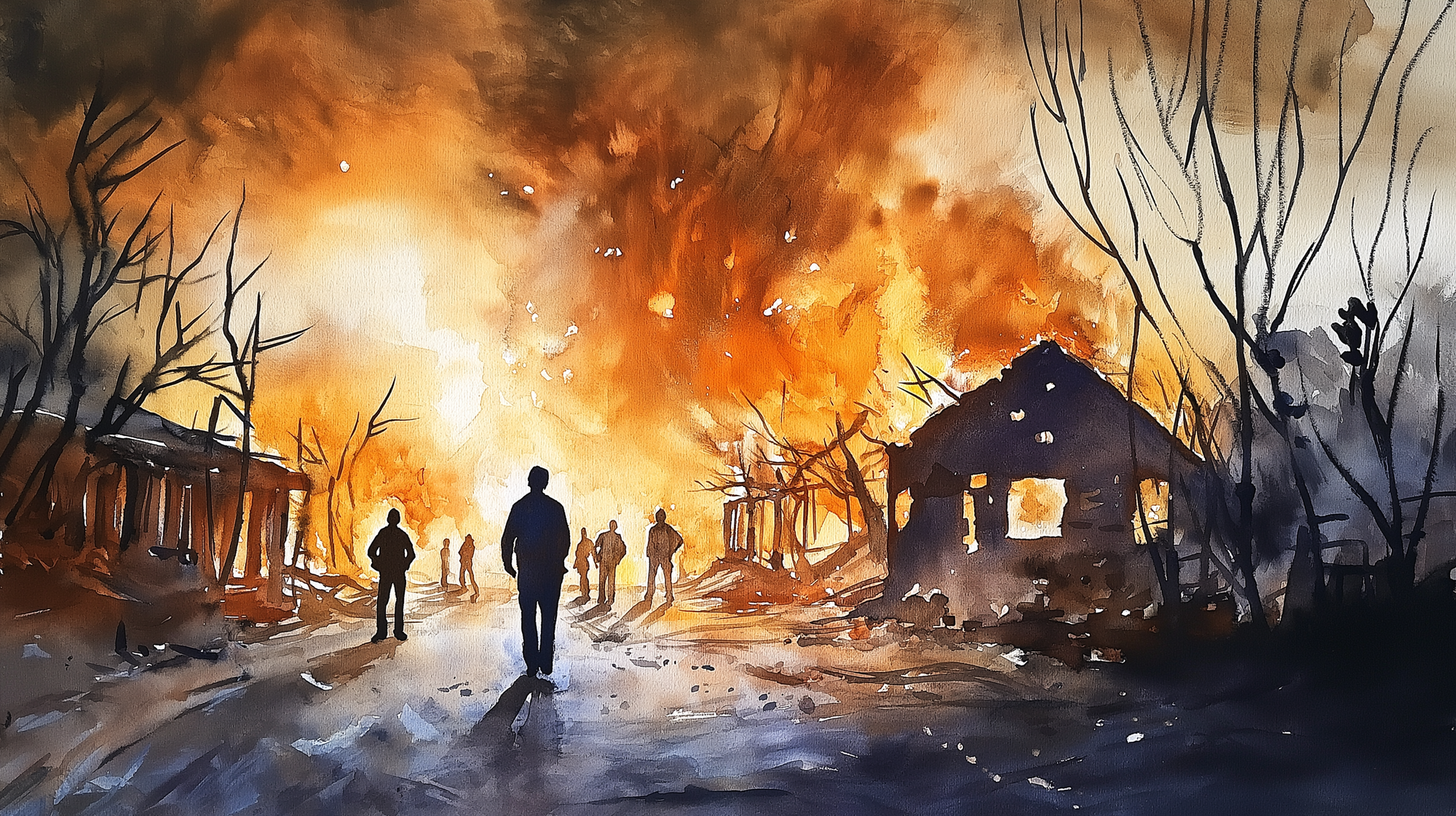Climate consequences: Fire
The frequency and severity of recent urban wildfires can help us see any relationship that might exist between them and climate change.

The frequency and severity of recent urban wildfires can help us see any relationship that might exist between them and climate change.
